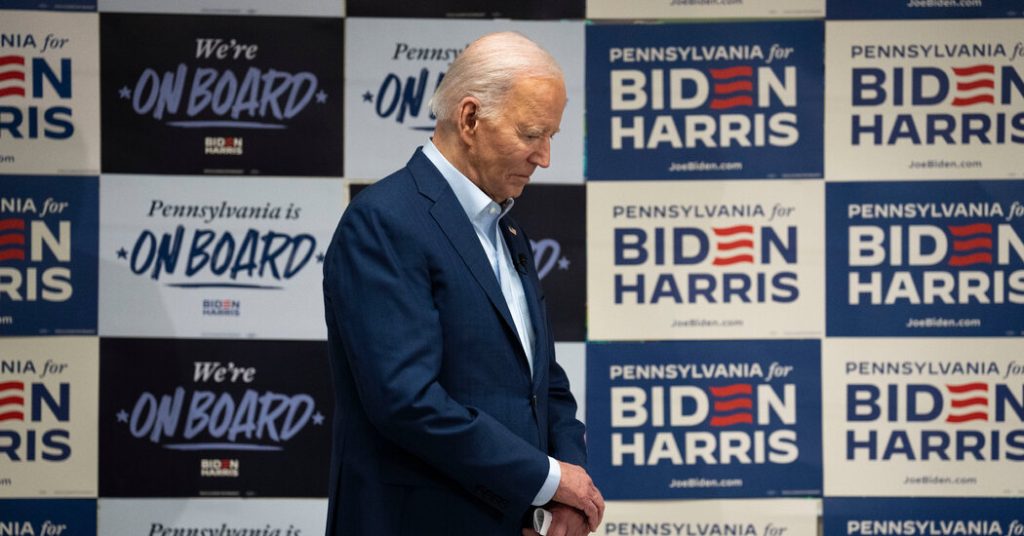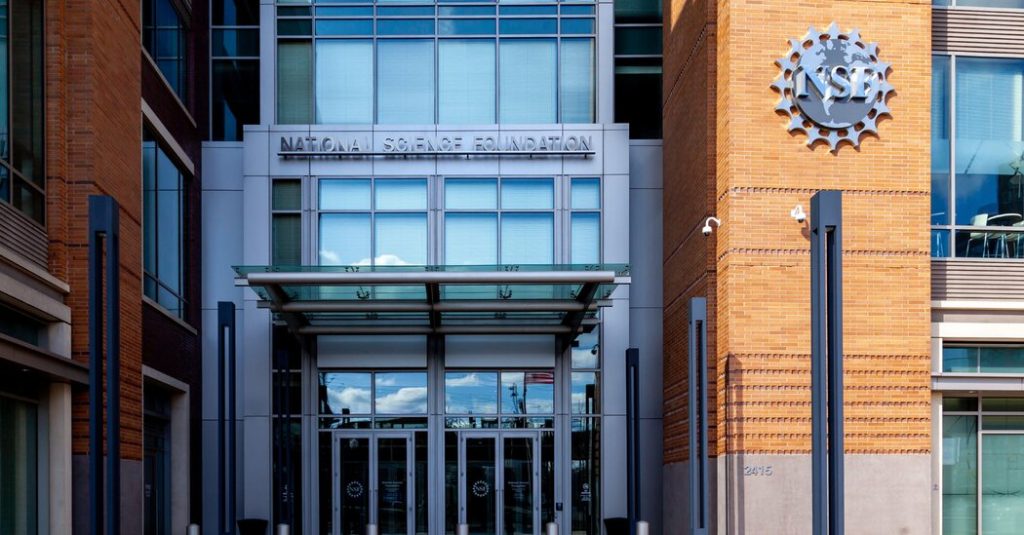The hits just keep on coming. But not the ones movie theaters need.
Unwelcome forces — Netflix, 50-inch TVs, the coronavirus pandemic — have buffeted cinemas for years. Now, staggering debt and a severe shortage of big movies to show in the months ahead imperil multiplex chains once again.
In recent months, the situation didn’t look so dire. Theaters were feeling newly optimistic, largely because “Top Gun: Maverick” and several other blockbusters showed that people still want to go to the movies. The “Top Gun” sequel has taken in an astounding $1.5 billion worldwide, and “Doctor Strange in the Multiverse of Madness” outperformed its 2016 franchise predecessor by 41 percent.
“Let the good times roll,” Adam Aron, the chief executive of AMC Entertainment, said during an earnings call last month.
And yet, behind that rosy view, instability lurked. Summer ticket sales still lagged significantly behind prepandemic levels. Some studios continue to release films on streaming services and in theaters at the same time, or bypass theaters altogether, and the cost of running a theater keeps climbing.
Almost everyone agrees that the 117-year-old movie exhibition business cannot keep going like this. But hardly anybody agrees on precisely the best way forward.
One obvious if drastic step, analysts say, is for the biggest theater companies to close thousands of underperforming screens. There are 40,700 screens in the United States and Canada, and even some theater executives concede that there should be no more than 35,000. A few think 25,000 is a healthier target.
About 500 screens have closed since the pandemic began, according to the National Association of Theater Owners, a trade organization. More closures are expected this fall: Cineworld, which operates Regal Cinemas, the No. 2 circuit in the United States behind AMC, is preparing to file for bankruptcy. The company, which is based in London, has reported $8.9 billion in net debt, including $4 billion in lease liabilities. A Chapter 11 reorganization would allow Cineworld to break some of its leases.
“About 20 percent of screens — increasingly, experiences like IMAX that make it special and worthwhile — generate 80 percent of the business,” said Richard L. Gelfond, the chief executive of IMAX, which licenses its technology to theaters. “Except in unique cases, nobody needs a 20-plex anymore. Period. Exclamation point.”

Despite hits like “Top Gun: Maverick,” starring Tom Cruise, U.S. theaters sold only 17 percent of their available seats this summer, a research firm said.Credit…Paramount Pictures
Attendance at movie theaters in the United States and Canada peaked in 2002, when they sold about 1.6 billion tickets, according to the Motion Picture Association. The big studios and their specialty-film subsidiaries released at least 140 films in theaters that year, with an original drama (“Signs”) and an original comedy (“My Big Fat Greek Wedding”) among the top five performers. This year, admissions are expected to fall below 800 million, in part because of plunging output by the biggest studios, which will release only about 73 films in theaters, with big-budget sequels the most attended.
Over that same time, the number of movie screens has increased 14 percent, as multiplexes have popped up in the far suburbs and theaters built during a boom in the 1990s have limped along on life support. In a report released on Aug. 23, Robert Fishman, a senior analyst at MoffettNathanson, a research firm, described the movie exhibition business as “in dire need of restructuring,” noting that many theaters are “connected to zombie malls.”
As successful as theater companies view the summer, they sold only 17 percent of the available seats in the United States, according to EntTelligence, a research firm. (To Mr. Gelfond’s point: Auditoriums with extra-large screens, including IMAX venues, can sell out on big weekends between 6 and 9 p.m.)
To sell more tickets, theaters are marketing themselves much more aggressively. They have built membership programs that offer discounts for repeated visits. For the first time in its 102-year history, AMC mounted a national advertising campaign, hiring Nicole Kidman to plead the case for “dazzling images on a huge silver screen.” (AMC is working on a second one.) On Saturday, most theater operators in the United States offered $3 tickets to every showing as part of the first-ever National Cinema Day.
Theaters have also introduced mobile food ordering, expanded alcohol sales, invested in projector upgrades, offered private rentals and tried simulcasting concerts and hosting video game tournaments. Over the last decade, theater operators have removed thousands of traditional seats and installed roomier recliners, reducing capacity. As for the unsold seats that remain? They say they are needed for breakout hits like “Avengers: Endgame,” which collected $357 million during its opening weekend in 2019.
Hollywood’s summer season, which runs from early May to Labor Day, has historically accounted for 40 percent of annual ticket sales. This summer, blockbuster turnout for a string of films, including “Jurassic World Dominion,” “Minions: Rise of Gru” and “Thor: Love and Thunder,” proved that cinemas were still viable businesses — that watching moving images in the dark with strangers had not encountered its extinction moment, as many had feared early in the pandemic.
“Elvis” struck a chord with older moviegoers, collecting $278 million worldwide. “Where the Crawdads Sing,” a book adaptation, and “Everything Everywhere All at Once,” an offbeat indie, found audiences on smaller scales.
But, as the summer wore on, ticket buyers evaporated. Pent-up demand from the pandemic had been sated, and big-budget sequels and spinoffs became less prominent on marquees where original movies were given a chance.
Jordan Peele’s “Nope” has taken in about 40 percent less than his previous film, “Us,” which was released in 2019. “Bullet Train,” a heavily marketed action comedy starring Brad Pitt, delivered middling results. “Easter Sunday,” “Fall,” “Vengeance,” “Mack & Rita” and “Three Hundred Years of Longing” were all dead on arrival.
“A few movies work really well in theaters, and the rest are eviscerated,” said Richard Greenfield, a founder of the LightShed Partners research firm.
The No. 1 movie in North America last weekend was “The Invitation,” a low-budget horror film that generated, at $6.8 million, the lowest No. 1 weekend total since 2000, not counting the period during the pandemic when many theaters were closed, according to Comscore. (It was the lowest on record when accounting for inflation.)
The more that smaller comedies, dramas, documentaries and art films fail, the more that studios are likely to reroute them to streaming services, eliminating the need for so many screens.
“We’re going to see smaller, noncorporate screens start to disappear in greater numbers,” said Eric Wold, a senior analyst at B. Riley Securities. “It’s actually good for the operators that survive.”
About half the movie screens in North America are controlled by AMC, Cineworld and Cinemark Holdings. Each lost money in the most recent quarter.
Between early April and the end of June, AMC reported revenue of $1.2 billion and a loss of $122 million. AMC has more than $5 billion in debt, a colossal sum for a company that was generating only about $5.5 billion in annual revenue before the pandemic.
To regain its footing, AMC has courted dilettante “meme stock” investors, announced plans to sell AMC-branded microwave popcorn in supermarkets and even invested in a struggling Nevada gold mine. AMC has closed 98 theaters since the start of the pandemic, while opening 45, largely by taking over locations from smaller chains that went out of business during the shutdown.
Mr. Aron, AMC’s chief executive, recently told shareholders that, unlike Cineworld, his company could withstand a box office dry spell. “We are quite optimistic and confident in our future,” he said on Twitter on Aug. 18. In an accompanying news release, AMC noted that it had roughly $1 billion in liquidity.
Inflation poses a challenge for theaters. Almost all of them are raising prices, even though many consumers already view moviegoing as too expensive. This summer, the average ticket cost $12, up from $11.16 last year, according to EntTelligence.
A shortage of movies poses an even bigger problem. Only one new film, the indie comedy “Honk for Jesus. Save Your Soul,” was scheduled for wide release over the Labor Day weekend, and it was simultaneously made available on Peacock, a streaming service, limiting four-day ticket sales to an estimated $1.5 million. Last year, “Shang-Chi and the Legend of the Ten Rings” generated $94.7 million over the holiday weekend.
Theater owners had been counting on “Halloween Ends” for October, but Universal Pictures recently decided to make it simultaneously available on Peacock, too.
Theater executives say they see only two megahits on the horizon: “Black Panther: Wakanda Forever,” which arrives on Nov. 11, and “Avatar: The Way of Water,” scheduled for Dec. 16.
In some instances, movies will bypass theaters in favor of streaming services. Disney+ subscribers will have exclusive access to “Hocus Pocus 2” and “Pinocchio,” starring Tom Hanks, this month. “Knives Out” took in $311 million worldwide in 2019; a sequel arrives on Netflix in December.
Studios have also delayed theatrical releases because of pandemic-caused clogs in production pipelines. “Aquaman and the Lost Kingdom,” “Spider-Man: Across the Spider-Verse,” “Creed III” and “Super Mario Bros.” have all been pushed to 2023.
But next year’s theatrical calendar remains light. As of now, the big studios have about 75 movies scheduled for wide release. Mr. Fishman, the analyst, has forecast roughly $8.5 billion in ticket sales for 2023, a 26 percent decline from 2019. Mr. Wold is more upbeat, predicting a 7 percent decline.



